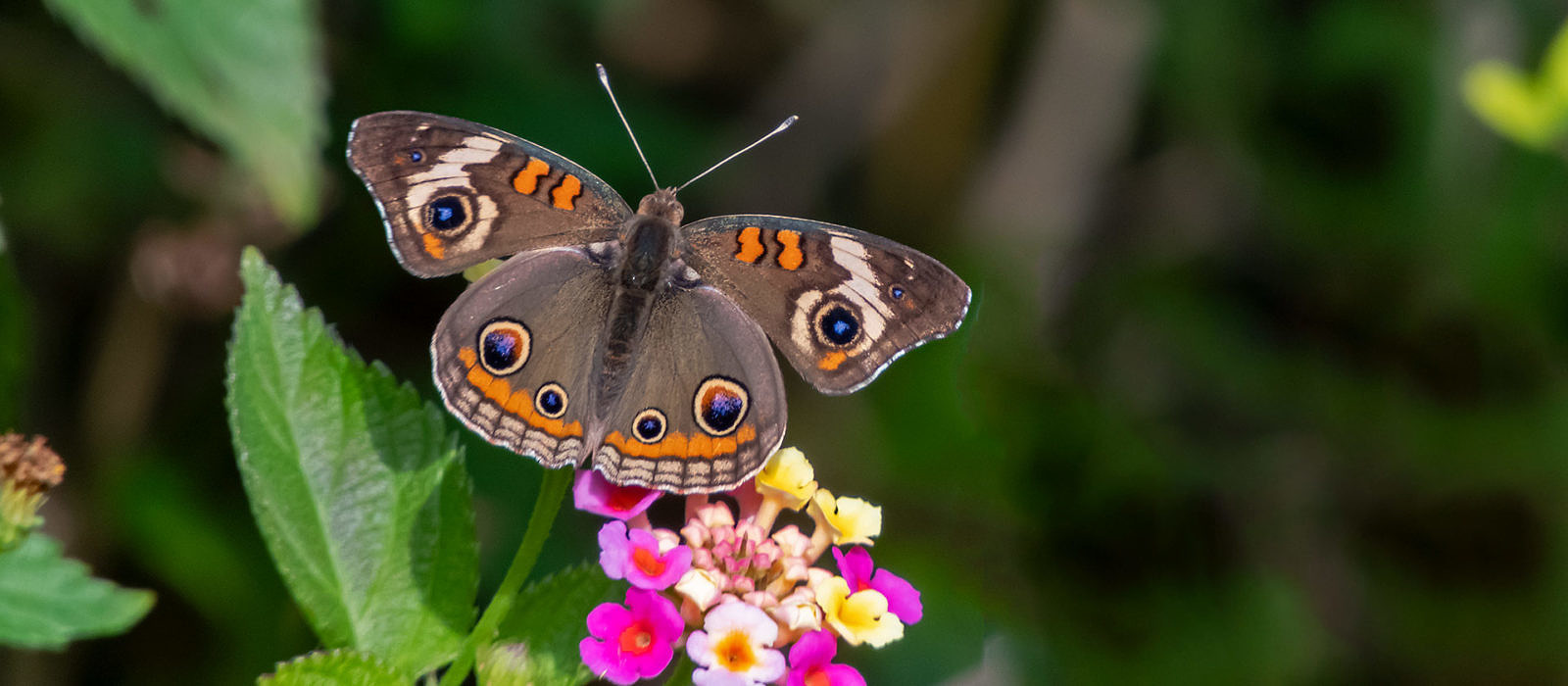
What’s Next – Earth Day Edition
From my outpost here in the American Southeast, I bring you news that the great journey north is well underway. So fear not, you winter-weary northerners — the warblers are coming. They now pass me by and migrate toward you on strong south winds.
Well, actually, they’re migrating toward the explosion of leaves and insects coming soon across our northern forests. So prepare yourself. During migration, the grace of warblers can happen almost anywhere. It now begins in the north with a few Palm and Yellow-rumped warblers, both waterthrushes, along with other songbirds in the vanguard. But the warbler show really gets rolling in May in the northern U.S. and across Canada.
Here in Florida, Alabama, Mississippi and Louisiana, where I have chased nature for nearly a month, the Pine and Prothonotary warblers are already among those nesting, as are Ospreys and Bald Eagles. Dragonflies and butterflies, like that Common Buckeye above, are on the wing. And my rambles in woods and wetlands come in the presence of wildflowers. (That Spigelia to the right, blooming not far from Alexandria, LA, last week, goes well with my crimson-themed “What’s Next” post from early April.)
So what’s next? Lots. More of what I’ve already reported in my What’s Next posts since late March. At long last, the woods and the rains are releasing the frogs and salamanders for their once-a-year orgies in vernal pools. (Tonight could be great with rains in my home state of Vermont.) And those early-spring butterflies I predicted a few weeks ago are out in force, soon to be followed by the azures.
Most anywhere you wander now, you should find something to celebrate this Earth Day Weekend. For now, I’ll leave you with a gallery from the Southeast. It includes pairs of images I take with my super-zoom, point-and-shoot camera. The first in each set is a wide-angle shot, showing habitat, with the critter circled (because it’s often barely visible); the second shot shows our subject at full zoom (gently cropped and edited). Yeah, the range of these cameras is hard to fathom. But these are indeed for real — all but the plant shots taken with my point-and-shoot (rather than my big SLR gear). For the full effect, click on any image to start a slide show.
By the way, most of my photography workshops are now full, but if you want to shoot images like these, even with your point-and-shoot, subscribe to my occasional email alerts to get a jump on all my outings, workshops and lectures, not to mention news about wildlife in wild places.
Oh, and for Earth Day (April 22), I resolve to post 100 sightings to iNaturalist, which I’ve come to believe is one of the greatest things uniting nature and internet culture (which normally don’t go too well together). More about iNaturalist in a future blog post. Onward!
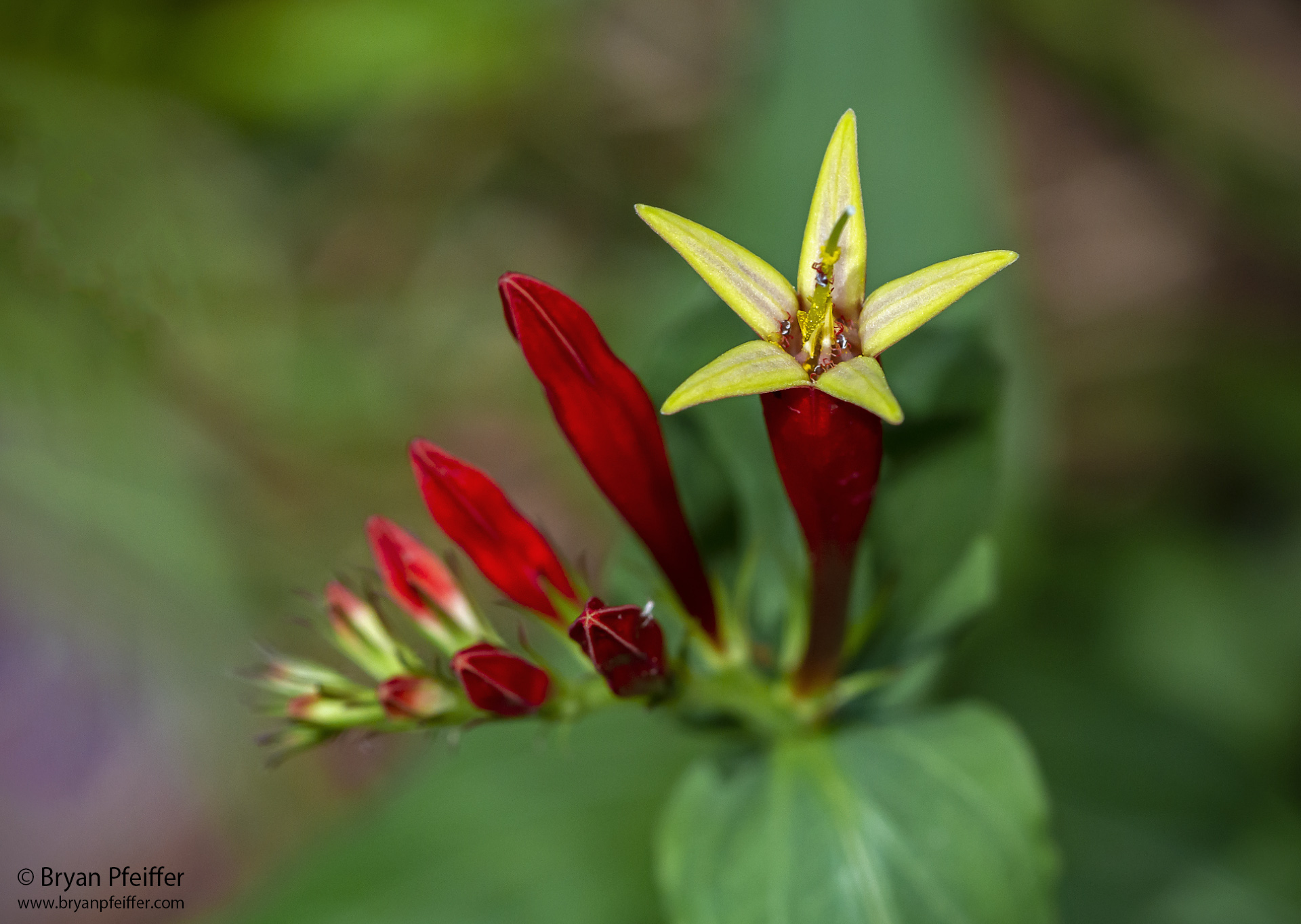
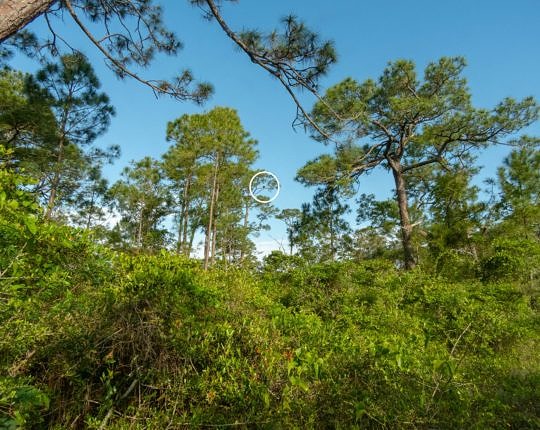
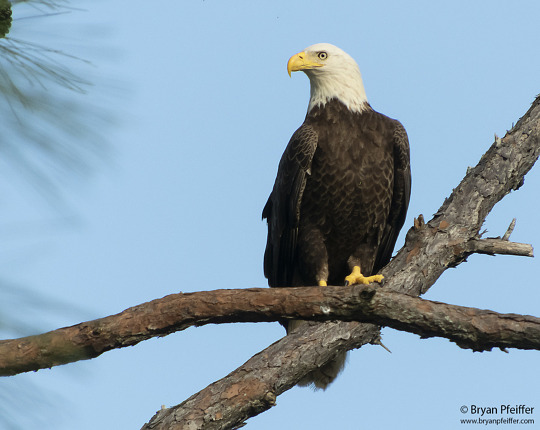
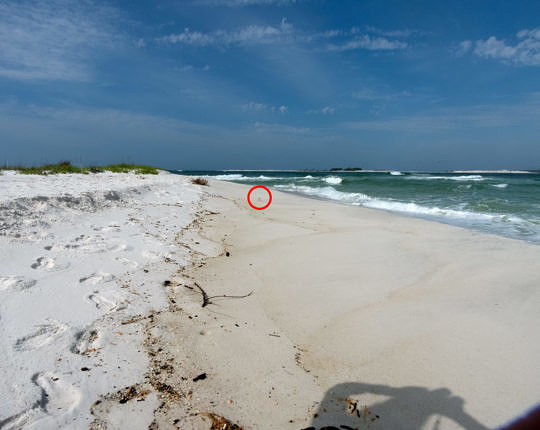
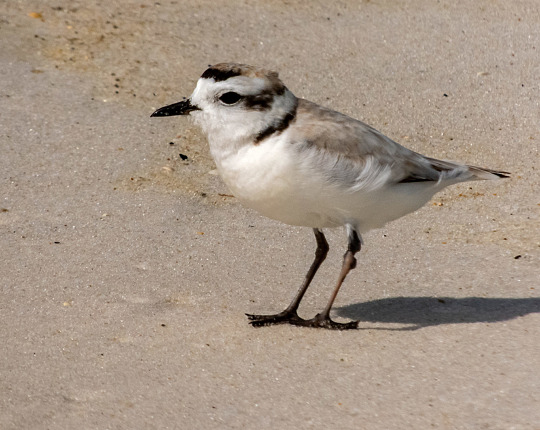
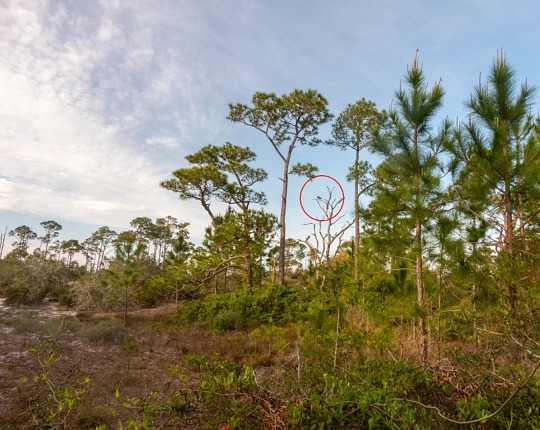
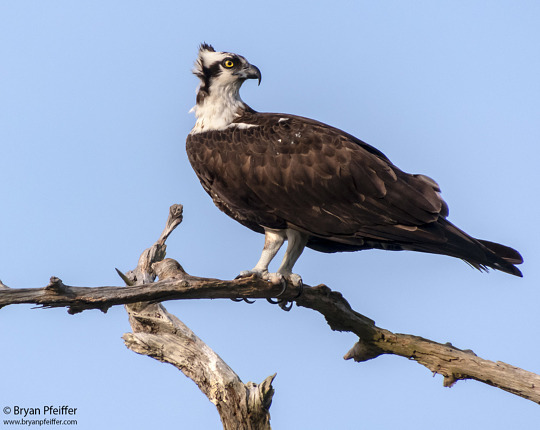
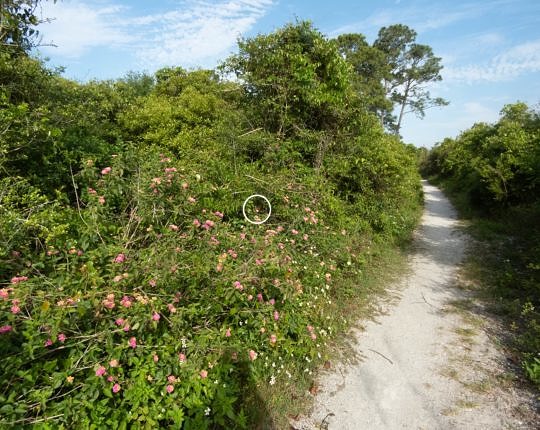
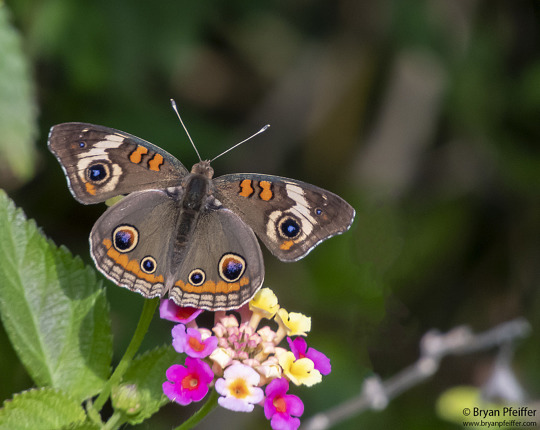
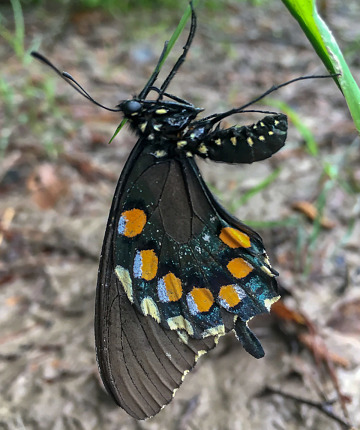
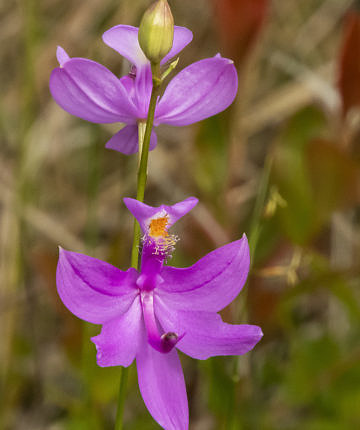
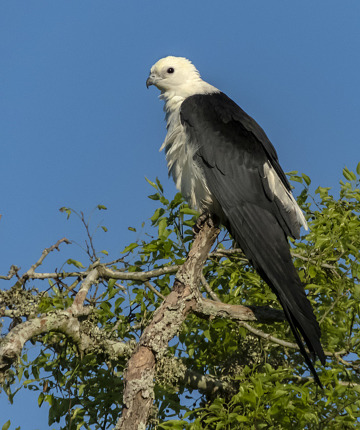
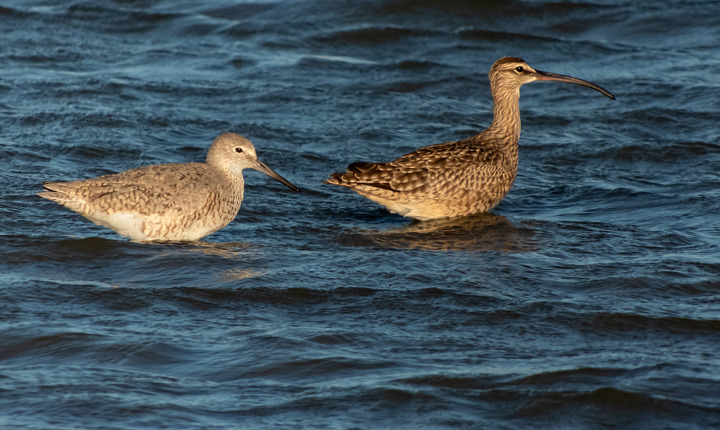
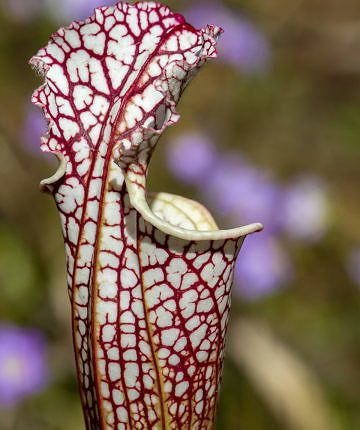
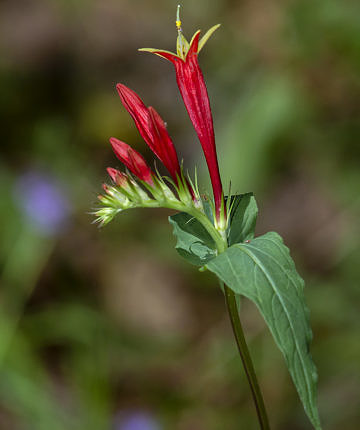
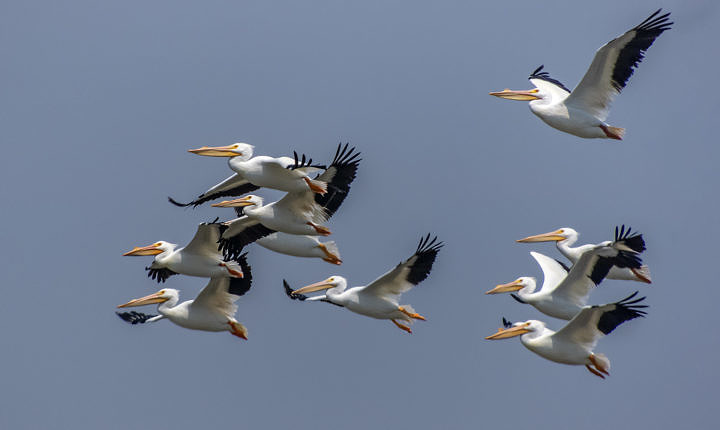

Hey David, Yeah, I’m uploading old images to iNat. It’s rekindling lots of fine memories in the field from far-flung places. Had a nice trip to the Southeast. It would have been great to see you and get out in the field. Next time!
I saw your Sickle Wing on iNat and thought you’d gone to Texas. Had to look again to notice the sighting date. Hope you are seeing lots of things in the SE. Sorry I wasn’t at the SE Ode meet to see you.
Perhaps Ruth might make a card of the Pelicans Flying. Love them all, but that one in perticular. Enjoyed your report. XOX Sue Dixon
… don’t forget the mosquito pics, Dave!
Great road trip, nice shots Bryan! Hurry back and I’ll guarantee some up close black fly pics…
Yeah, I am indeed, Marci. And, as you know, it’s even better in the presence of the real thing! 🙂
Thanks, Veer. Happy Earth Day. and if “hemmispherical” isn’t a word … it damned well should be. 🙂
Oh my gosh you must be having a wonderful time as your exquisite photography exemplifies!
I find your exquisite posts, and the VCE efforts on behalf of the local (and hemispherical, if such a word exists) ecosystems, an important part of Earth Day consciousness. Thank you for these glimpses of the true world.
Hi Sister Sarah! 🙂 Scattered throughout the south here from FL to LA are various wet prairies or pine savannahs with seeps that have some of these “bog” plants — five species of pitcher plant down here. They’re wonderful. We didn’t make it as far east as Apalachicola. But I hope to get there in the future, also to see the Torreya in the area.
Thanks, Alberta. Well, maybe you just have shared your experience with others! 🙂
And here’s something on the virtues of not taking photos: https://bryanpfeiffer.com/2017/05/24/a-vireo-underwater/
I always look forward to seeing what you have captured with your cameras eye. When I see a red shoulder hawk diving toward the bank of my pond or red winged black birds darting in and out of the pond grass or a great blue heron feasting on the fish in the pond I snap a picture with my minds eye but that does not allow me to share with others. Thank you for sharing your photos.
Did you find your bog plants in the Apalachicola National Forest?